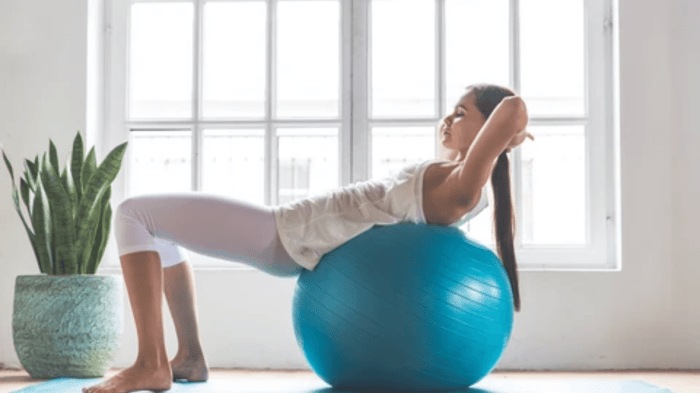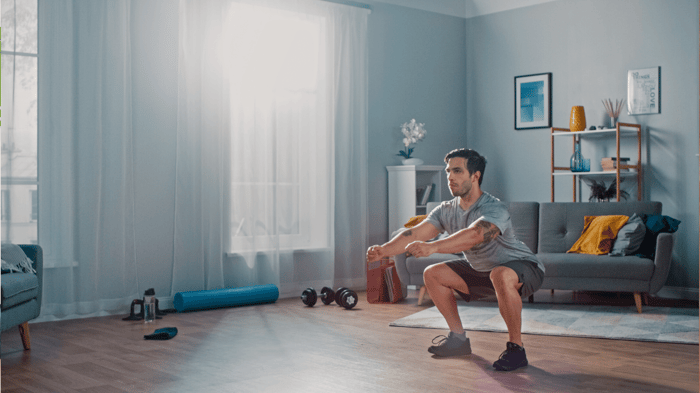
There is no denying the many benefits that come from doing yoga on a regular basis. From stretching out tight muscles to providing your mind time and space to clear and unwind, there are incredible mental, emotional, and physical benefits of practicing yoga at home. A mat for yoga is most definitely need, so what should you know for choosing a yoga mat?
One of the beautiful things about yoga (and all floor-based fitness) is that you don’t need much to start: required items include only your body, a comfortable set of clothing and an open mindset! Picking a yoga mat, however, will aid the stability and comfort of your practice while creating a physical place to retreat to.
In this article I’ll walk you through how to choose a yoga mat, the different qualities of yoga mats, and recommend a few to fit different priorities and preferences!
Thickness makes the biggest difference in the comfort, stability and portability of your mat. Thicker mats provide more cushion, but are bulky and add instability. I recommend standard-thickness mats (⅛”) for vigorous, active yoga practices, to provide maximum connection between you and the floor and make balance poses a bit easier, without giving up all of the comfort mats provide. Thick mats (up to ¼”) are best for restorative yoga, stretching and ab workouts where balancing isn’t part of the program. Travel mats, which are designed to provide a portable, sticky surface, are the thinnest of the bunch.
Stickiness has a huge effect on your practice, and should not be cheated. Yoga is much easier and more enjoyable when your hands and feet stay where they are supposed to be, and don’t slide out from under you. Does sweat make you slip? A yoga mat towel placed over your mat will actually get stickier as you sweat, and restore stability to your practice.
Material determines how your mat looks, feels, smells and ages, so it makes a big difference in your relationship with the mat! Most yoga mats are made out of PVC, but recently more options, such as recycled PVC and natural rubber, have entered the market. PVC mats can last up to ten years and may have a textured surface to help grip, but they are only sticky when clean (specially-formulated mat cleaners work best!). Natural rubber mats are a great choice if you’re looking to ditch plastics and maximize stickiness, but they don’t last as long and could aggravate latex allergies. Natural rubber mats will also degrade in the sunlight, so use a mat bag to keep your mat safe when not in use.
Eco-friendliness is mostly dependent on the material that your mat is made out of. If reducing your carbon footprint and keeping plastic out of landfills will help you enter a yogic frame of mind (it does for me!) opt for a recycled or natural rubber mat, or look for brands that donate a portion of sales to environmental causes.
Now that we know all the terms, let’s take a look at a some of the best yoga mat options!
The Jade Harmony mat is ⅛” thick, made of natural rubber, and super sticky, making it perfect for bikram, vinyasa flow and other movement-heavy yoga styles. It keeps you cushioned without compromising your balance, and Jade plants a tree for every mat sold!
At 1/4" thickness, the TOPLUS Yoga Mat would be great for stretching and restorative yoga on hard surfaces. It also comes with a carrying strap, which offsets its bulkiness a bit and makes it easier to store.
For stretching and yoga in hotel rooms, at the in-laws’ house and on-the-go, the Manduke PRO Travel has got your back! Travel mats aren’t designed for everyday use, but their light weight and foldability make them perfect for the mobile yogi.






